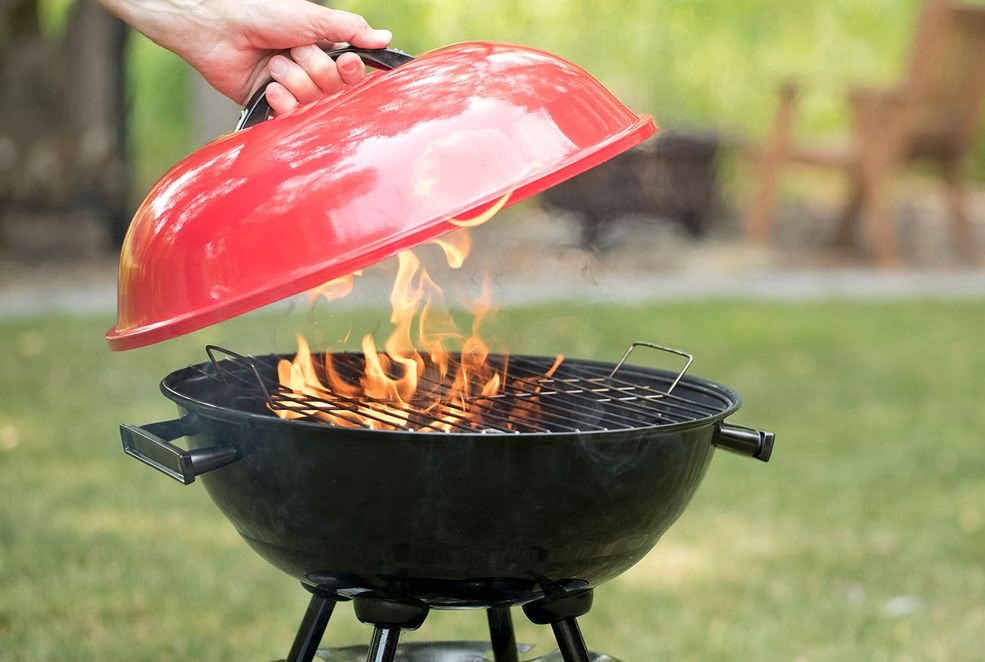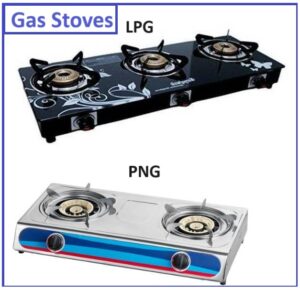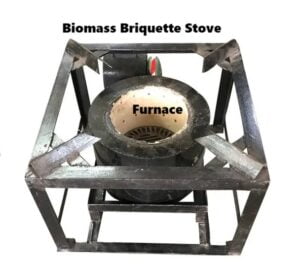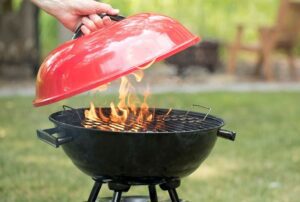What burners used in hotels?
- When choosing burners for hotels and cooking over LPG stoves, several factors are essential, including efficiency, durability, ease of use, and safety.
-
- Below are some of the best burners that are well-suited for such environments:
- Burners used in hotels are designed to handle high volumes of cooking and provide consistent performance.
- They come in various types depending on the specific cooking requirements and the type of cuisine being prepared.
- Here’s a breakdown of the common types of burners found in hotel kitchens:
Gas Burners
- Types:
- High-Pressure Gas Burners: Deliver intense heat quickly, suitable for fast cooking, boiling large quantities, and frying.
- Medium-Pressure Gas Burners: Offer a balance between heat output and fuel efficiency, suitable for general-purpose cooking like sautéing and simmering.
- Simmer Burners: Provide low, controlled heat for simmering sauces, soups, and delicate dishes.
- Fuel Source: Liquefied Petroleum Gas (LPG) or Natural Gas.
- A

Comparison of Gas stoves for LPG and PNG pplications: Versatile, used across various cooking tasks such as frying, boiling, grilling, and simmering.
Induction Burners
- Features: Use electromagnetic fields to directly heat the cookware, offering precise temperature control and energy efficiency.
- Applications: Ideal for a wide range of cooking methods, including boiling, frying, and simmering. Particularly useful in modern kitchens focused on energy efficiency.
- Pros: Fast heating, energy-efficient, safe (burner stays cool), and easy to clean.
- Cons: Requires compatible cookware (ferromagnetic materials).
Infrared Burners
- Features: Use radiant heat to cook food evenly and quickly, making them efficient and reducing cooking time.
- Applications: Grilling, broiling, and quick searing. Often used in specialized cooking stations like steak grills or seafood grills.
- Pros: Energy-efficient, even heat distribution, quick cooking, and often used for high-end, precise cooking tasks.
Wok Burners
- Features: Designed specifically for wok cooking, these burners deliver high-intensity heat concentrated in a small area, ideal for stir-frying.
- Applications: Asian cuisine, especially stir-frying, deep-frying, and flash cooking.
- Pros: High heat, perfect for quick, high-temperature cooking.
- Cons: Specialized use, not versatile for other types of cooking.
Charbroilers
- Features: Utilize open flames or electric elements to grill food, giving it a distinctive smoky flavor.
- Applications: Grilling meats, vegetables, and seafood; often used in American-style and barbecue dishes.
- Pros: High heat output, adds a smoky flavor, even cooking.
- Cons: Requires regular cleaning and maintenance to prevent buildup of grease.
Steam Burners/Steamers
- Features: Use steam to cook food, preserving moisture and nutrients, often found in commercial steamers or combination ovens.
- Applications: Steaming vegetables, seafood, dim sum, and reheating dishes without drying them out.
- Pros: Healthy cooking method, retains moisture and nutrients.
- Cons: Limited to specific types of dishes, may not be suitable for all cooking tasks.
Tandoor Burners
- Features: High-temperature burners used in tandoor ovens, often fueled by gas or charcoal, to cook traditional tandoori dishes.
- Applications: Indian cuisine, particularly for cooking naan, tandoori chicken, and kebabs.
- Pros: Imparts unique flavor, efficient for specific dishes.
- Cons: Limited to tandoor-style cooking, requires significant space and ventilation.

Wood-Fired Burners
- Features: Utilize wood as fuel, providing a distinctive smoky flavor, often used in pizza ovens or specialty kitchens.
- Applications: Baking pizzas, roasting meats, and preparing artisanal breads.
- Pros: Adds unique flavor, traditional cooking method.
- Cons: Requires skilled operation, consistent wood supply, and proper ventilation.
Electric Burners
- Features: Operate on electricity and are available in coil, ceramic, or solid plate forms. They provide consistent heat and are easy to use.
- Applications: Used for a variety of cooking tasks, especially in kitchens where gas is not available or preferred.
- Pros: Easy to control, safer in some environments, and easier to clean.
- Cons: Slower heat-up time compared to gas, can be less powerful.
Combination Burners
- Features: These are versatile units that combine multiple types of cooking methods (e.g., gas and electric or gas and induction) in one appliance.
- Applications: Ideal for commercial kitchens that require flexibility in cooking methods.
- Pros: Versatile, can handle multiple cooking tasks simultaneously.
- Cons: More expensive and may require more space.
High-Pressure Cast Iron Burners
- Features: These burners are known for their high heat output, making them ideal for large-scale cooking. They are durable and can handle heavy usage.
- Pros: High heat output, long-lasting, and can be used for a variety of cooking methods.
- Cons: May consume more LPG if not carefully managed.

Stainless Steel Burners
- Features: Stainless steel burners are resistant to corrosion and are easy to clean, making them a favorite in commercial kitchens.
- Pros: Durable, easy to maintain, and corrosion-resistant.
- Cons: Can be more expensive compared to other materials.
Heavy-Duty Brass Burners
- Features: Brass burners are known for their uniform heat distribution and durability. They are less prone to rusting compared to other metals.
- Pros: Excellent heat distribution, corrosion-resistant, and durable.
- Cons: Slightly more expensive and may require regular cleaning to maintain performance.
Multi-Ring Burners
- Features: These burners have multiple rings that allow for better control of the flame and heat output. They are suitable for cooking large quantities of food.
- Pros: Versatile, efficient heat control, and suitable for large pots and pans.
- Cons: May be overkill for smaller kitchens or less intensive cooking tasks.
Infrared Burners
- Features: Infrared burners use radiant heat, which allows for more efficient cooking. They are energy-efficient and provide even heating.
- Pros: Energy-efficient, even heat distribution, and quick heating.
- Cons: Initial cost can be higher, and they may require specific cookware.
Simmer Burners
- Features: These burners are designed for low heat output, making them ideal for simmering sauces or slow-cooking dishes.
- Pros: Precise temperature control, ideal for delicate cooking.
- Cons: Not suitable for high-heat cooking.
Wok Burners
- Features: Wok burners provide high heat, making them perfect for stir-frying and other quick-cooking methods. They are often designed with a concave shape to accommodate woks.
- Pros: High heat, perfect for Asian cuisine, and quick cooking.
- Cons: Limited to specific types of cooking and may not be versatile for all kitchen needs.
Considerations for Hotel Kitchens:
- Safety: Ensure the burners have built-in safety features such as flame failure devices.
- Efficiency: Look for burners that are energy-efficient to reduce operational costs.
- Ease of Cleaning: Choose burners with removable parts that are easy to clean, as hygiene is crucial in a commercial kitchen.
- Durability: Since hotel kitchens experience high traffic, selecting durable burners that can withstand continuous use is essential.
Recommended Brands:
- Glen: Offers a range of durable and efficient stainless steel burners.
- Sunflame: Known for their brass burners with high efficiency.
- Faber: Provides high-quality multi-ring and infrared burners suitable for commercial kitchens.
- Preethi: Known for robust cast iron burners.
These burners cater to various cooking needs and can handle the demands of a hotel kitchen.




